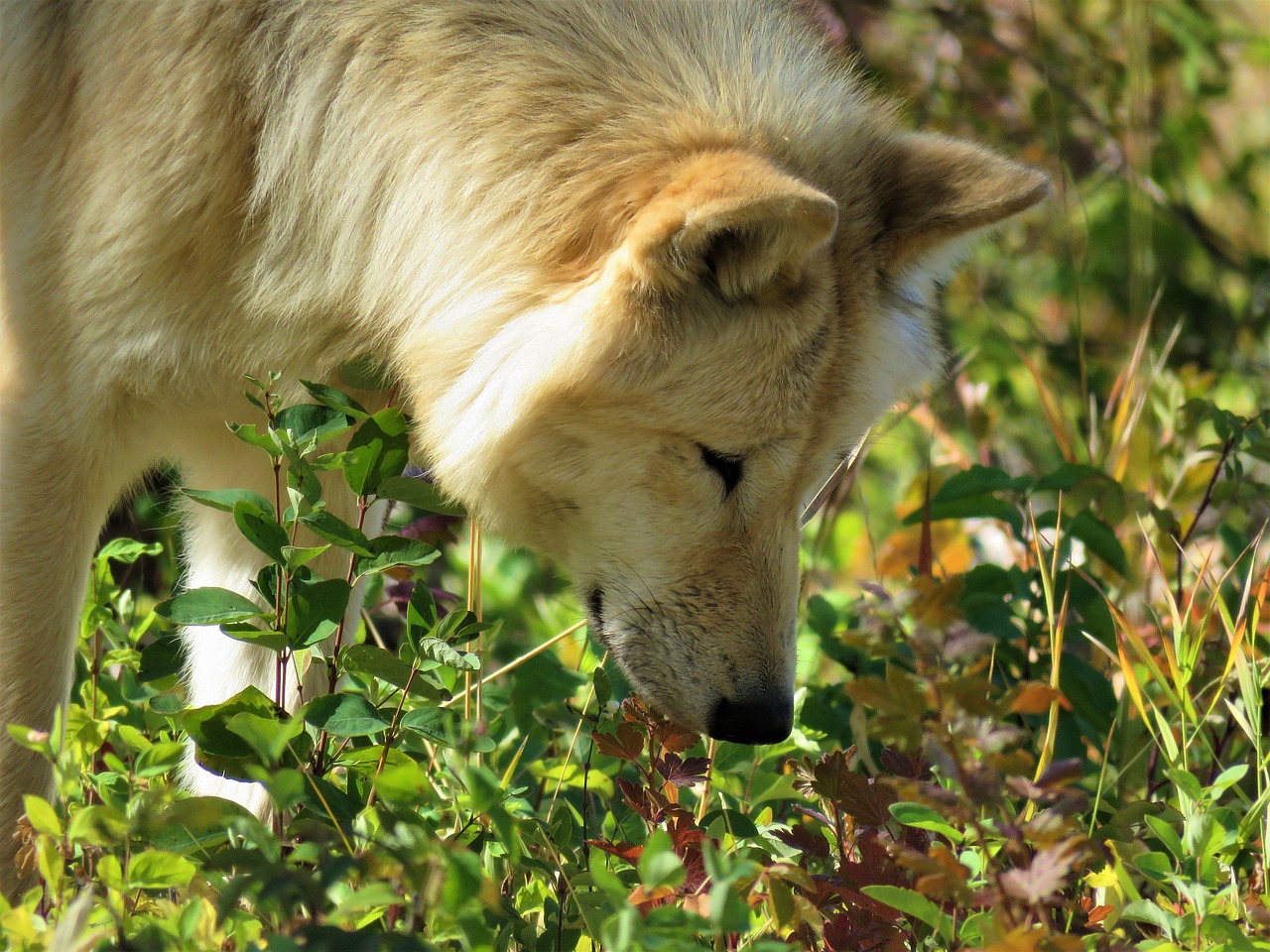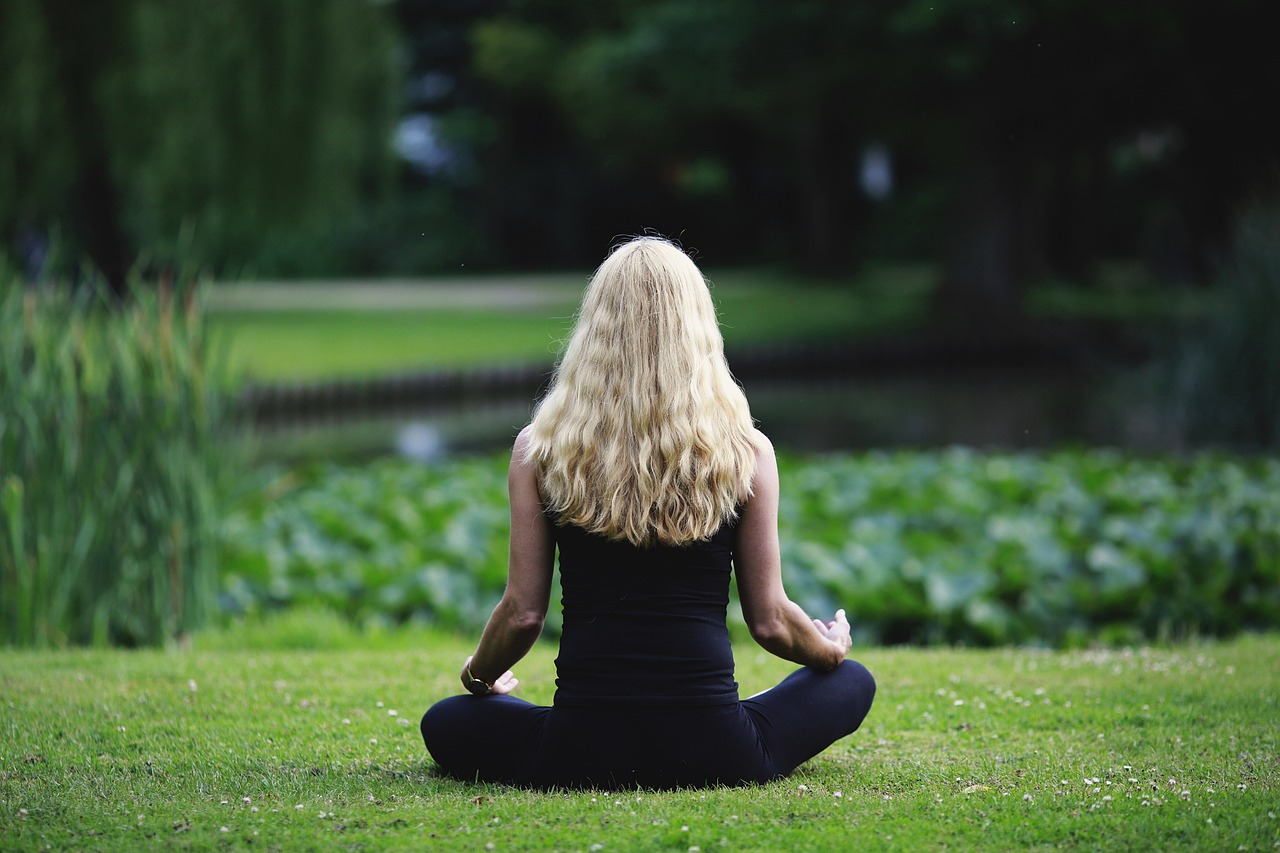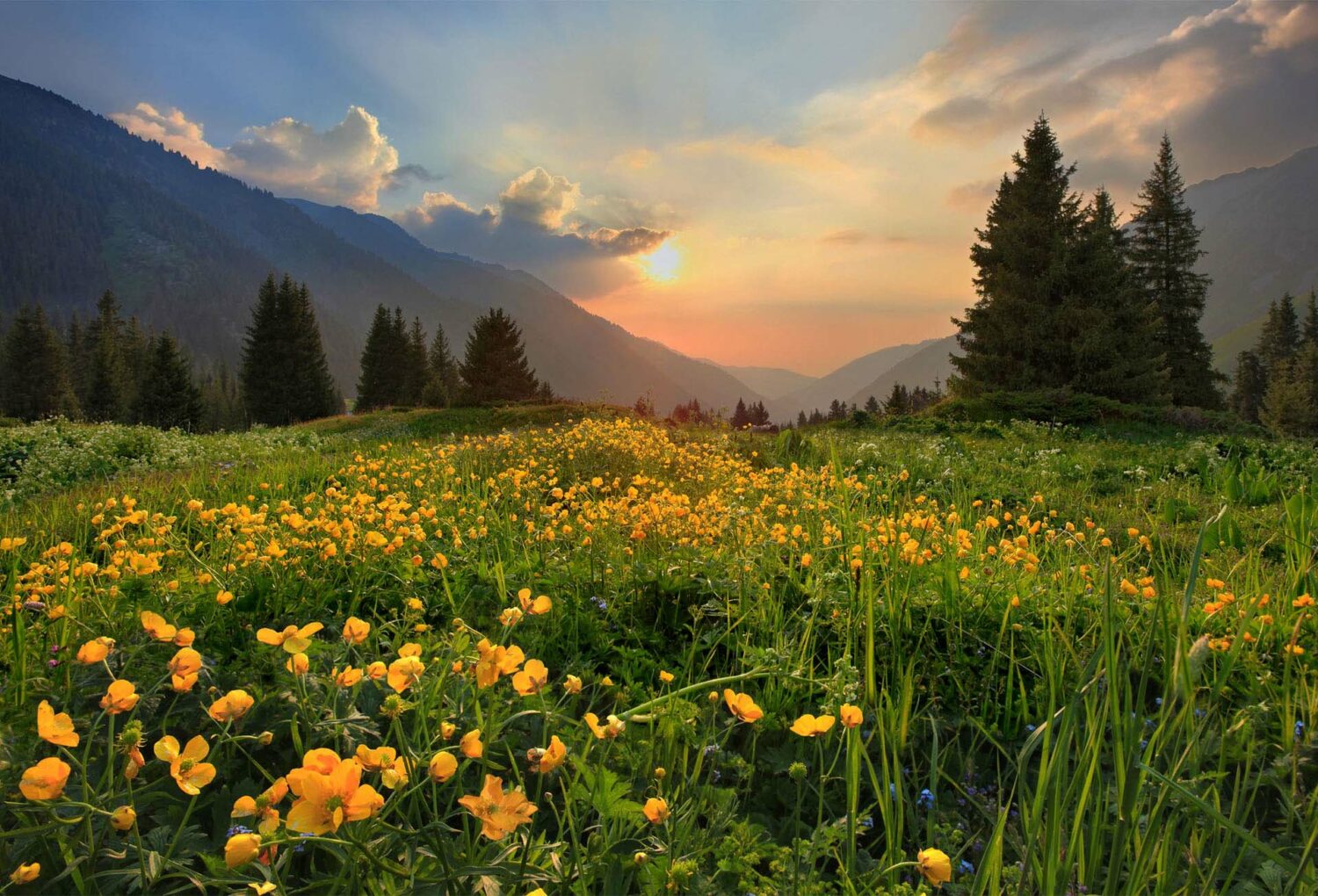Coming to Our Senses

Coming to Our Senses
Written by Max Crisfield
How we experience the five big guys
Last month I headed down the rabbit hole of nature connection, looking at the relationship between the natural world and our mental and spiritual health. In the next few instalments of Plant the Seed I want to play around with the way we experience our natural environment through our five physical senses – how we see nature, hear nature, touch nature, taste nature, and yes even smell nature…
We’ve all had those moments when nature seems to have touched something deep in us. Those awe-inspiring encounters at the mountain’s peak, at the canyon’s edge, at the surf’s break. Those cosmic speculations at the ridiculous miracle of the night sky, at the implausible perfection of a sycamore leaf. Those quieter, simpler moments, too, which nevertheless stop us in our tracks: the sound of the dawn chorus, the pulsing of sunlight through the canopy, the murmur of the distant ocean breathing in and breathing out, the dance of heat haze on cracked tarmac, the sweet smell of freshly mown grass.
And if we’re lucky we’ve noticed what these sensory experiences can do to us, how they can quieten our minds, heighten our attention, hold our focus. How for the briefest, most fleeting of moments, they might even transport us – from the La La land of our interminable rumination to somewhere beyond ourselves.
Of course, we don’t encounter sense experience in isolation; our experience of the world around us is multisensory and we create our own humble version of reality from a kaleidoscope of sensory inputs. That said, we all like a little order now and then, so for this whistle stop sensory tour, I’m going to tackle the tricky blighters one by one. First up, touch…
Get in Touch
Touch would seem to be the most primitive, baseline sense. After all, it’s how we first navigate the world around us; before our eyes have truly opened, we are grasping and reaching and feeling our way into experience. Touch is how we learn to feel safe, to be connected, to become grounded; it’s a key part of our social bonding and personal development. ‘You can’t turn off touch. It never goes away,’ says David Linden, neurobiologist and author of Touch: the Science of Heart and Mind. ‘You can close your eyes and imagine what it’s like to be blind, and you can stop up your ears and imagine what it’s like to be deaf. But touch is so central and ever-present in our lives that we can’t imagine losing it.’
But during the Covid pandemic, at least on an interpersonal level, that’s exactly what happened. We were deprived of touch. Lockdowns, social distancing and shielding left many of us yearning for the simplest, most comforting expressions of human connection.
Whatever happened to the tree huggers?
In Iceland, during the second lockdown, the forestry service turned to nature for a solution. In order to observe social distancing rules yet still embrace our need to be embraced, rangers in Hallormsstaður National Forest cleared snow-covered paths and marked out two metre intervals. They then encouraged people to head out into the forest, find a tree and give it a Covid-compliant hug.
‘When you hug [a tree], you feel it first in your toes and then up your legs and into your chest and then up into your head,’ enthuses forest ranger Þór Þorfinnsson in a 2020 article for the Icelandic Review, ‘It’s such a wonderful feeling of relaxation and then you’re ready for a new day and new challenges.’
And it seems he’s right. Long gone are the days when ‘tree hugger’ was a pejorative term for an eco-conscious minority. Today wrapping your arms around an oak or ash, sycamore or ancient yew has become a mainstream proposition. In July 2022 Scotland held its first national tree hugging championships and in the following month the event went global with the inaugural World Tree Hugging contest held in the Halipuu forest in Levi, Lapland, Finland.
Impressive claims have been made on behalf of the arboreal embrace: that it can increase levels of oxytocin, serotonin and dopamine. Furthermore, that it can help reduce blood pressure, improve our immune systems and accelerate recovery from illness.
I’m not sure how strong the scientific evidence is to back any of this up, but I’ve tried it and it definitely feels good, and surely feeling good is restorative in and of itself, isn’t it? I suspect it’s about being grounded more than anything else. It’s a kind of feedback loop, a silent dialogue between blood and bark that offers a transitory connection with something bigger than us, something older than us, and not to get too Tolkein on you, but yes, something wiser than us too.
Just what the doctor ordered
Iceland wasn’t the only country to advocate getting up close and personal with nature during the pandemic. Several countries, including Canada, New Zealand and the UK, went as far as writing ‘green prescriptions’ to help improve people’s mental and physical health, from depression caused by social isolation to diabetes, high blood pressure and lung diseases.
In Canada, doctors offered some patients a year-long pass providing free access to the country’s national parks. In Finland, throughout Covid, clinicians recommend a minimum of five hours a month spent in nature. And in 2020 the UK government committed £4 million to a two-year green prescription pilot as part of its post-Covid recovery plan.
If you go down to the woods today
Not that this is anything particularly new. In Japan, the practice of forest bathing or ‘shinrin yoku’ has been part of the national health agenda since the early 1980s. By encouraging patients to experience a forest environment in a mindful, multisensory way, clinicians and research scientists have been able to demonstrate significant reductions in cortisol and blood pressure and increases in parasympathetic nerve activity.
Much of this has to do with the way nature feeds our sense receptors. It’s like plants and sunlight. Just as plants convert light energy into chemical energy to grow and thrive, we seem to transform sensory input from the natural world into some kind of rejuvenating life force.
Not that you need to hug a tree or spend hours in a forest glade. You can experience that same complicity with nature, receive that same spike in physiological and psychological well-being in numerous ways…
By kicking off your shoes on the beach and walking on the pebbles. By skinny dipping in a lake. By practising tai chi on the lawn in the summer rain. By sitting and stroking the cat on your lap. Just look at the proliferation of cat cafes, dreamed up in Taiwan in the late 90s, adopted by nature-deprived, overworked urban Japanese in the noughties and now popular the world over. And with good reason too. In 2019, a Washington State University research programme found that ten minutes spent stroking a cat (or dog for that matter, though probably not a parrot), had a dramatic effect on lowering the levels of the stress hormone cortisol.

Getting your hands dirty
And, of course, there’s gardening, the simplest, most hands-on way of getting all touchy-feely with nature. There is growing evidence to demonstrate that getting down and dirty in the soil not only feels good but is profoundly good for us, helping to give a much-needed shot in the arm to our feeble 21st-century immune systems. A wealth of new research, known as ‘hygiene hypothesis’, has recently demonstrated that old-fashioned kids’ play in the garden can spike children’s immune responses to diseases such as asthma and eczema.
We all know that gardening is good for us, but this proximity of soil and skin would seem to go much further than we intuitively thought. I recently read an article on the World Economic Forum website arguing that gardening should be thought of as a public health need. The piece goes on to explore how getting soil beneath our fingernails increases contact with microbes in the environment, which in turn ‘can train our immune systems and reinforce the microbial communities on our skin, in our airways and guts.’
Right here, right now…
But above and beyond the science, the cortisol reduction and improved gut health, the blood pressure drop and stress relief, I think what all of these activities share – from gardening to barefoot running, from sea swimming to simply experiencing the warmth of the sun on your bare back – is that they place us right here, right now, in the undeniable tactility of the moment. And that in itself is some kind of precious alchemy. So next time you’re out in nature, whether it’s your humble back garden or an old growth forest, take time to stop and reach out and touch nature (unless it says ‘please do not touch’ in which case probably best not), and see if you don’t just get the briefest intimation of something gloriously, cosmically ineffable. And if not, well, it’ll definitely put a smile on your face, and that’ll do for now.

